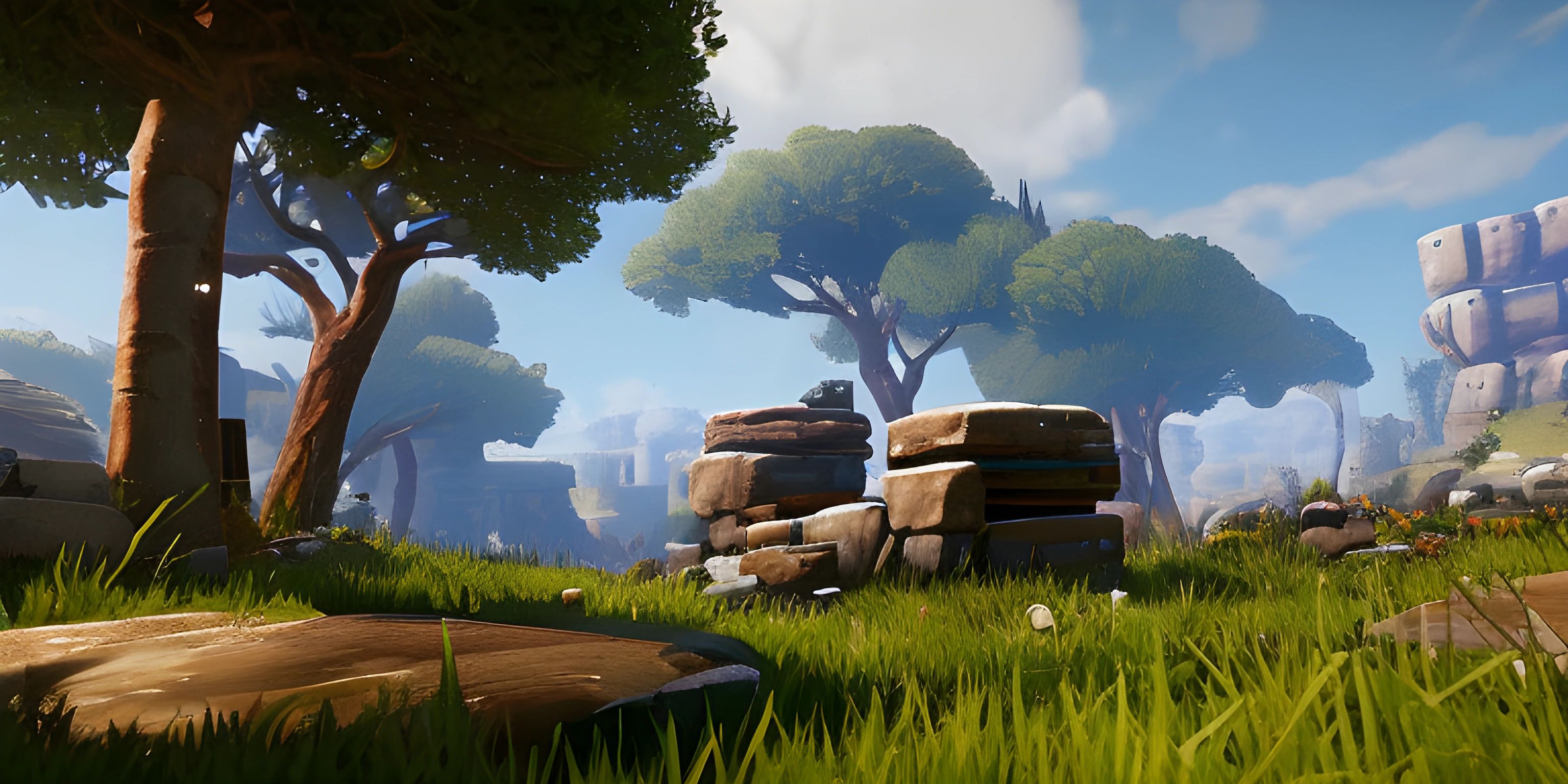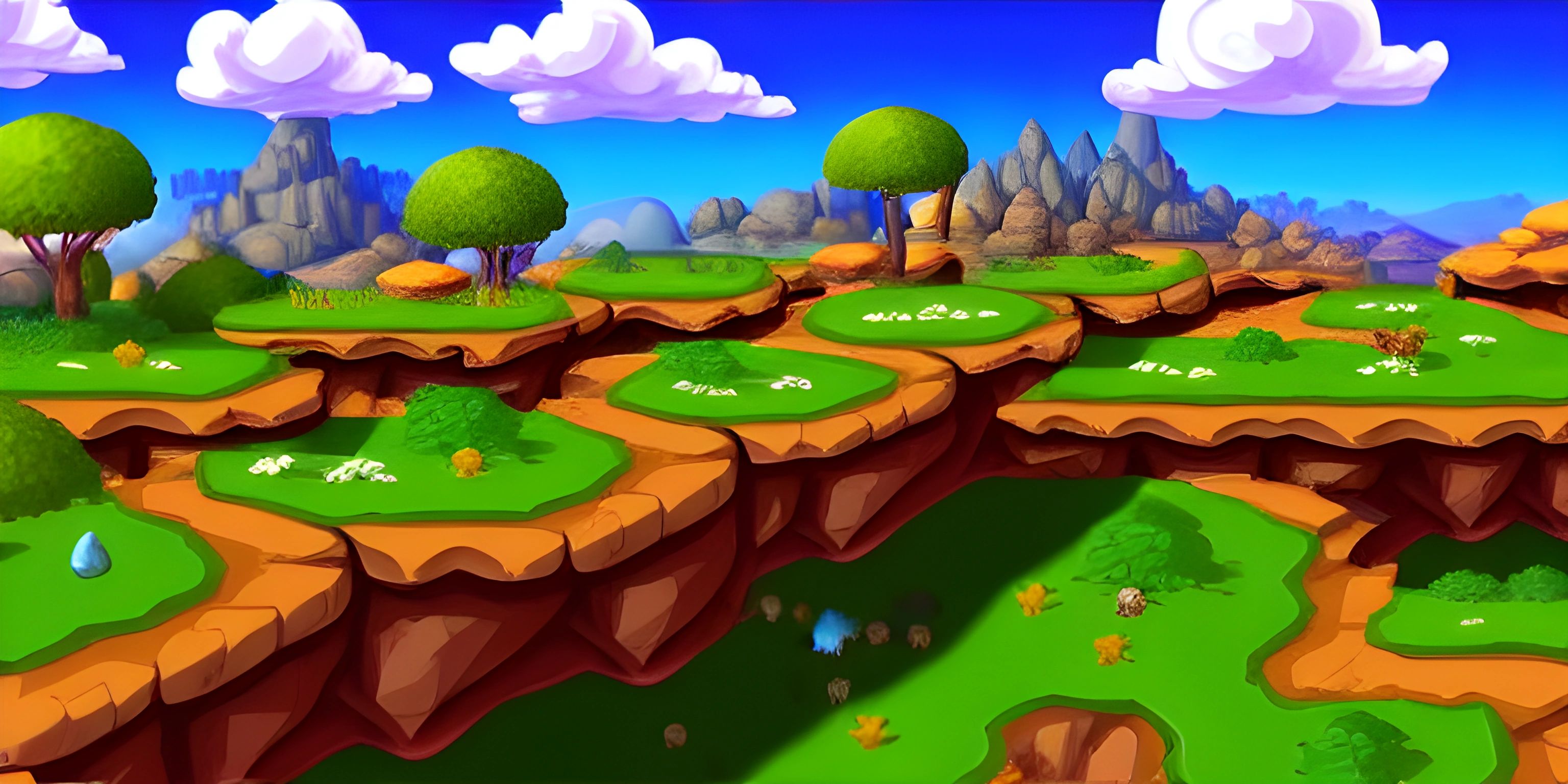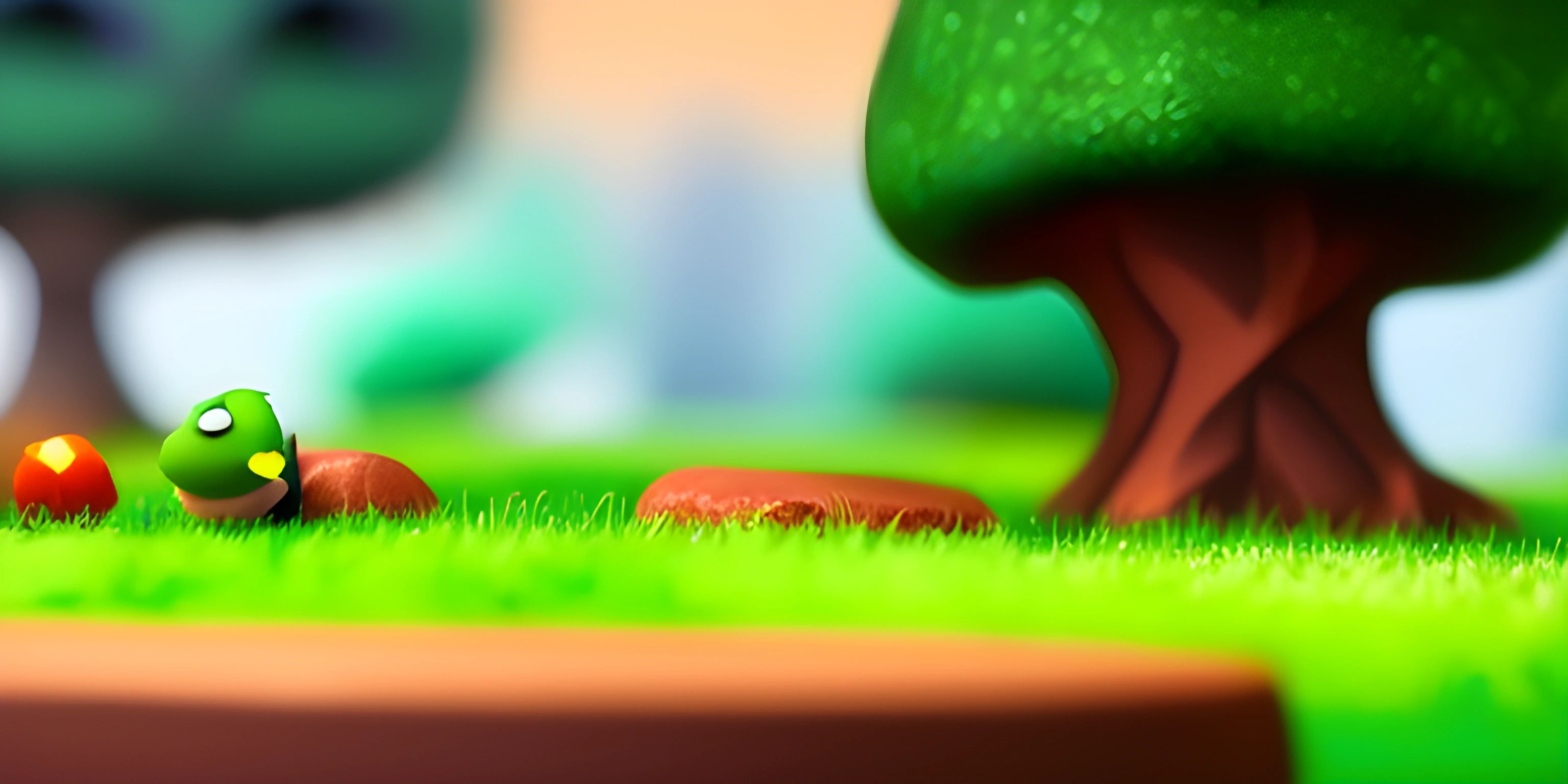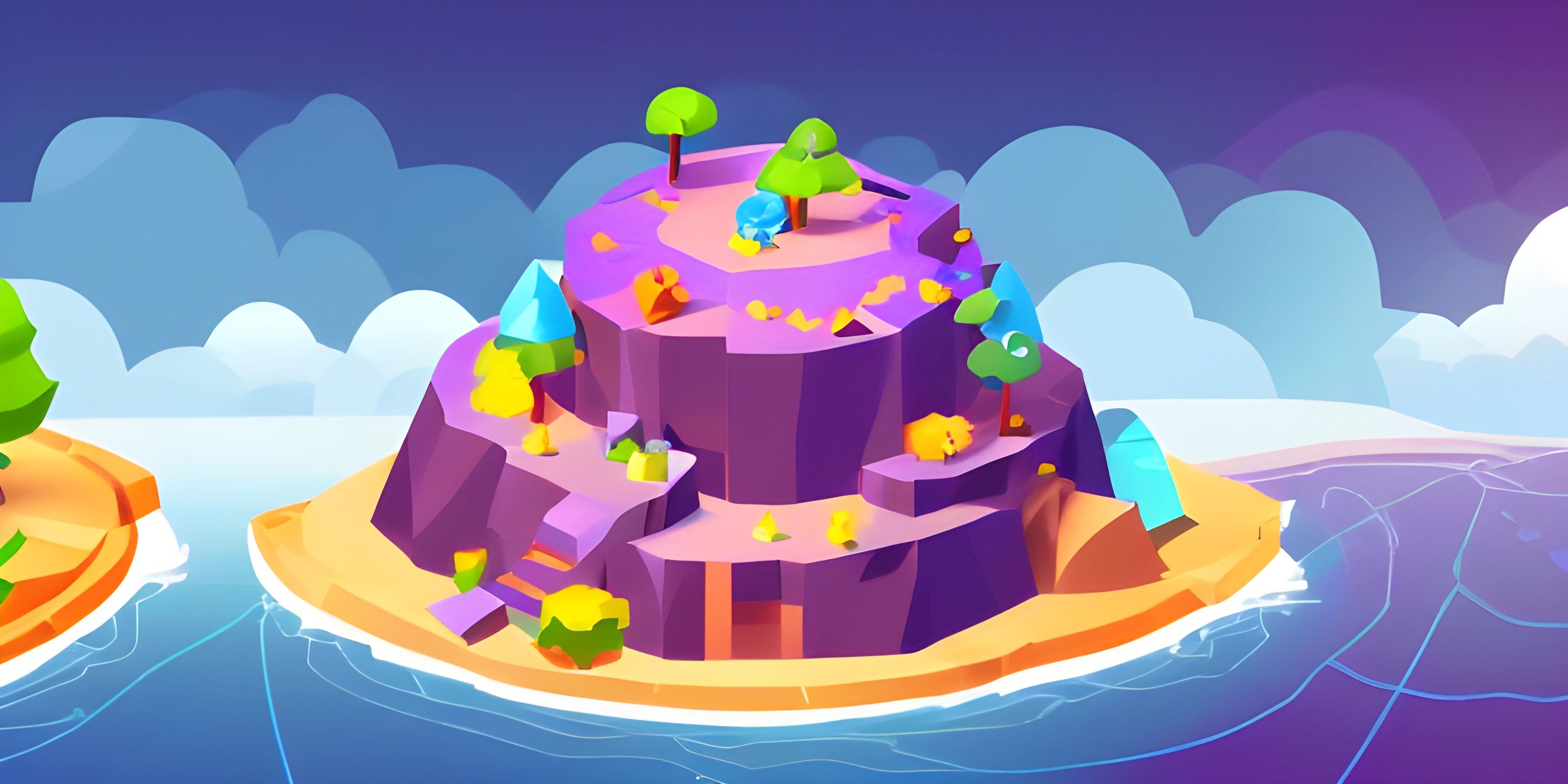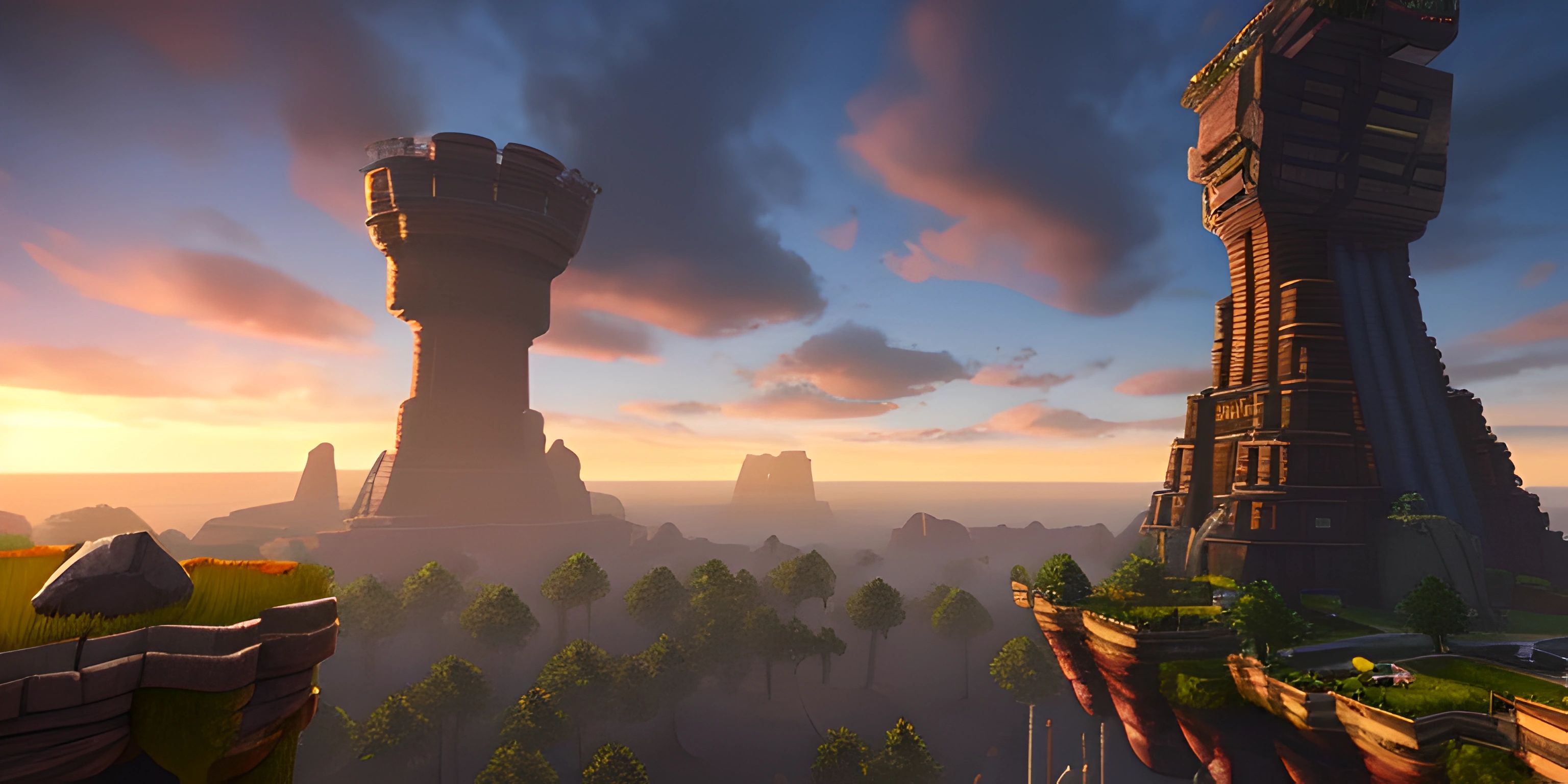Working with Unity Animation System for Characters
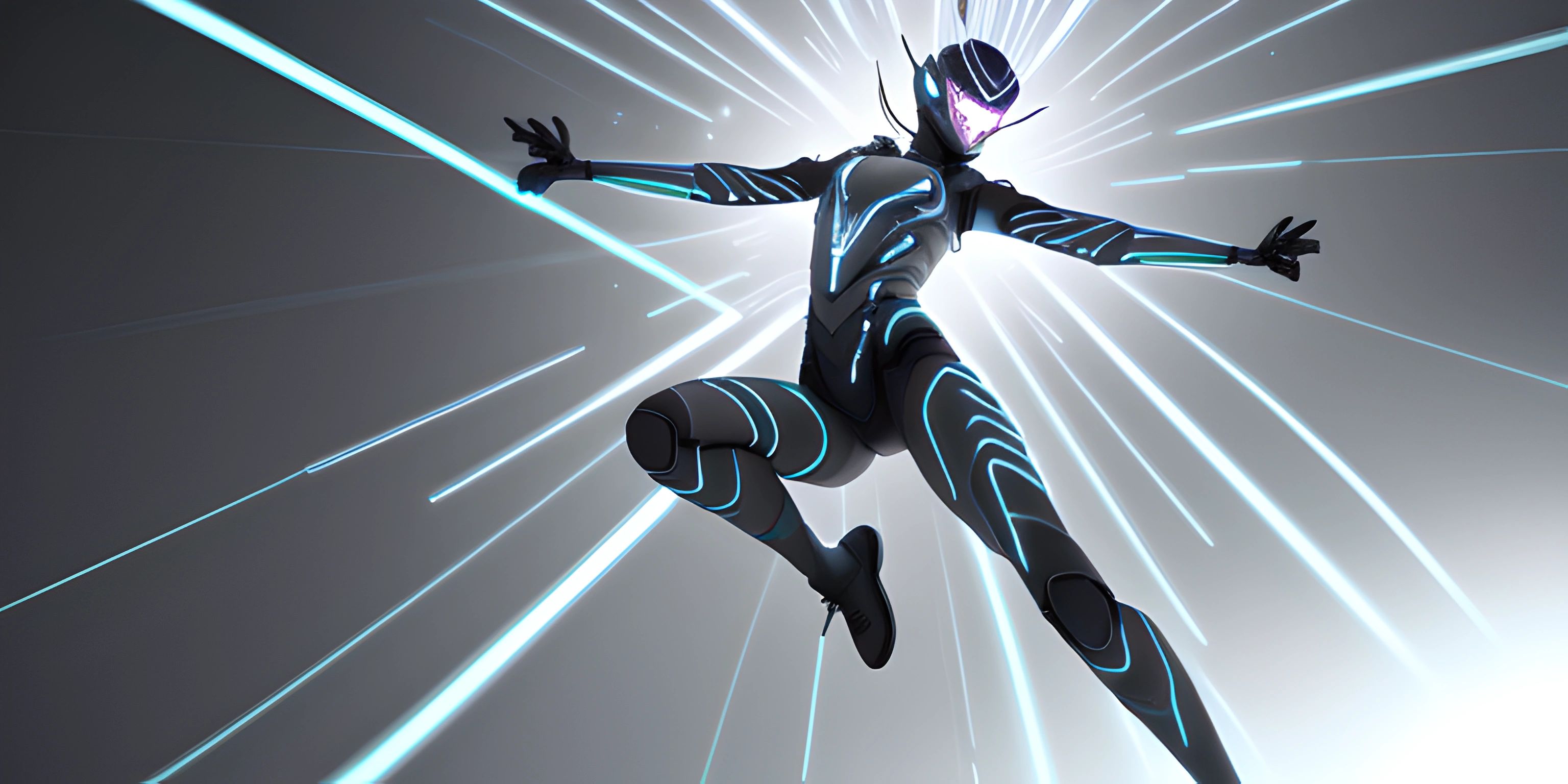
Note: this page has been created with the use of AI. Please take caution, and note that the content of this page does not necessarily reflect the opinion of Cratecode.
Animations are the secret sauce that brings game characters to life, making them more than just static models. Unity's animation system is a powerful tool for creating smooth, realistic movements and interactions for your game characters. Let's dive into how to get started with the Unity animation system and get those characters moving!
Unity Animation Components
To work with animations in Unity, you'll need to become familiar with three main components: Animator, Animator Controller, and Animation Clips. These components work together to control and manage your character's animations.
Animator
The Animator component is responsible for playing and blending animations on a character. To use the Animator, you'll need to attach it to the character's GameObject. You can do this by selecting the GameObject in the Hierarchy, then clicking on "Add Component" in the Inspector and searching for the "Animator" component.
Once the Animator component is attached, you'll need to assign an Animator Controller to it. This is where the Animator Controller comes in.
Animator Controller
The Animator Controller is the brains behind the operation, managing the logic for when and how animations should play. It uses a state machine and transitions to determine which animation should play based on input or other conditions.
You'll create an Animator Controller in the Project window by right-clicking, selecting "Create," and then choosing "Animator Controller." Once created, you can drag and drop it onto the Animator component in the Inspector.
Animation Clips
Animation Clips are the actual animations that you want your character to perform. These can be imported from external sources, like 3D modeling software or the Unity Asset Store, or you can create them directly in Unity using the Animation window.
To create an Animation Clip, select the character GameObject in the Hierarchy and open the Animation window (Window > Animation > Animation). Click on "Create" and give your new animation a name. You can now start adding keyframes and editing the animation properties.
Creating Animations
With the Animator, Animator Controller, and Animation Clips ready, it's time to start creating animations for your character. Here's a simple example of how to create a basic character walking animation:
- Import your character model into Unity and set up the necessary components (Animator, Animator Controller, etc.).
- Open the Animation window and create a new Animation Clip for the walk cycle.
- Set keyframes for the character's limbs and body at different points in the walk cycle, adjusting their position and rotation.
- Preview the animation by pressing the play button in the Animation window.
- Adjust the keyframes and timing as needed to achieve a smooth, realistic walk cycle.
Don't forget to save your Animation Clip once you're satisfied with the result.
Using the Animator Controller
Now that you have your walk animation, you'll need to set up the Animator Controller to play it. Open the Animator window (Window > Animation > Animator) and drag the walk Animation Clip into the state machine.
Create a transition from the "Entry" node to the walk state by right-clicking on the "Entry" node, selecting "Make Transition," and then clicking on the walk state. This will ensure that the walk animation begins playing as soon as the game starts.
You can add more animations and transitions to create a more complex animation system for your character. For example, you could have separate animations for running, jumping, and idle states and use transitions based on user input or in-game conditions to switch between them.
Wrapping Up
By mastering the Unity animation system, you can create lifelike and engaging characters that enhance the player experience. With the Animator, Animator Controller, and Animation Clips, you have the tools you need to bring your game world to life. Keep experimenting and refining your animations to create the most exciting and immersive game possible. Good luck, and happy animating!
Hey there! Want to learn more? Cratecode is an online learning platform that lets you forge your own path. Click here to check out a lesson: Why Program? (psst, it's free!).
FAQ
What is Unity's animation system and how can it be used for game characters?
Unity's animation system is a comprehensive set of tools and features that allows you to create, edit, and control animations for your game characters. It includes a powerful state machine system called Animator, which can control complex animations and transitions between different animation states. The system also consists of an Animation window for creating and editing animation clips, and an Animator component for controlling the state machine. By using these tools, you can bring your game characters to life with realistic and engaging animations.
How can I create animation clips for my characters in Unity?
To create animation clips for your characters in Unity, follow these steps:
- Select your character's model in the Scene view or Hierarchy.
- Open the Animation window by going to Window > Animation > Animation.
- Click on the "Create" button in the Animation window to create a new animation clip.
- Name your animation clip and save it in your project's "Assets" folder.
- Use the timeline and keyframes in the Animation window to create and edit your animation. You can add keyframes by moving the playhead to a specific time and then modifying the character's position, rotation, or scale.
- Save your animation clip by clicking the "Save" button in the Animation window.
How do I use the Animator component to control animations in Unity?
To use the Animator component to control animations in Unity, follow these steps:
- Select your character's model in the Scene view or Hierarchy.
- In the Inspector, click on "Add Component" and search for the "Animator" component. Add it to your character's model.
- In the "Controller" field of the Animator component, assign an Animator Controller asset. You can create one by right-clicking in your project's "Assets" folder, then selecting "Create > Animator Controller".
- Open the Animator window by going to Window > Animation > Animator.
- Import your animation clips to the Animator Controller by dragging and dropping them from the "Assets" folder into the Animator window.
- Create and configure states and transitions between them in the Animator window to define how your character's animations are played and how they transition between each other.
- Test your animations by playing your scene and observing your character's behavior.
How can I trigger animations using scripts in Unity?
To trigger animations using scripts in Unity, you can use the Animator component's API. Here's an example in C#:
using UnityEngine;
public class AnimationTrigger : MonoBehaviour
{
private Animator animator;
void Start()
{
animator = GetComponent<Animator>();
}
void Update()
{
if (Input.GetKeyDown(KeyCode.Space))
{
animator.SetTrigger("Jump");
}
}
}In this example, we first get a reference to the Animator component in the Start method. Then, in the Update method, we check for a specific input (in this case, the space key) and trigger the "Jump" animation using the SetTrigger method. Make sure to create a trigger parameter named "Jump" in your Animator Controller and connect it to the appropriate transition in the Animator window.

